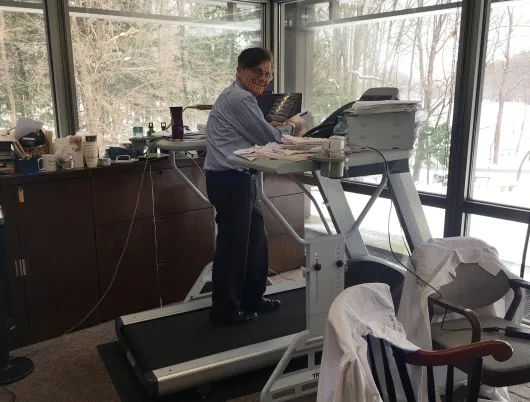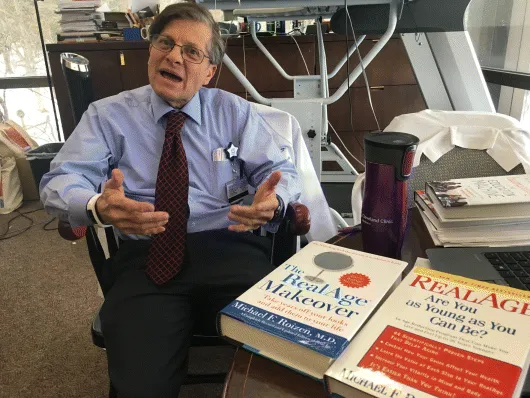
The Healthy Workplace Nudge
How Healthy People, Culture, and Buildings Lead to High Performance
- English
- ePUB (mobile friendly)
- Available on iOS & Android
The Healthy Workplace Nudge
How Healthy People, Culture, and Buildings Lead to High Performance
About This Book
Discover how healthy buildings, culture, and people lead to high profits
Organizations and employees now spend an average of $18, 000 per year per employee for health costs, a 61% increase in 10 years. Every indicator projects these costs will double before 2030. This is anunsustainable path. These costs are the tip to an even bigger iceberg, thehidden costs of time out of the office, distraction, disengagement, and turnover. The Healthy Workplace Nudge explains the findings of research on 100 large organizations that have tackled the problems of employee health costs and disengagement in five fresh ways:
- Well-being leads to health and high performance
- Wake up to the fact that 95% of traditional wellness programs fail to improve health or lower costs
- Behavioral economics has become a new powerful tool to nudge healthy behavior
- Healthy buildings are now costeffective and produce your strongest ROI to improving health
- Leaders who develop healthy cultures achieve sustainable high performance and employee wellbeing
In addition to proving highly effective, these approaches represent a fraction of the cost sunk into traditional wellness and engagement programs. The book explains how to create a workplace that is good for people, releases them to what they do best and enjoy most, and produces great and profitable work.
• Find actionable strategies and tactics you can put into use today
• Retain happy, productive talent
• Cut unnecessary spending and boost your bottom line
• Benefit from real-world research and proven practice
If you're a leader who cares about the health and happiness of your employees, a human resource professional, or a professional who develops, designs, builds, or outfits workplace environments to improve employee health and wellbeing, this is one book you'll want to have on hand.
Frequently asked questions
Part I
Slow-Moving Storm: A History of Warnings and Apathy

Chapter 1
A Slow-Moving Storm: The Existential Threat to Business and the Economy
Sound managerial decisions are at the very root of their impending fall from industry leadership.—Clayton Christensen, The Innovator's Dilemma
When you first start off trying to solve a problem, the first solutions you come up with are very complex, and most people stop there. But if you keep going, and live with the problem and peel more layers of the onion off, you can often times arrive at some very elegant and simple solutions.3


“We know exactly when this rise of chronic disease started, 1983. We (adults) ate 2,340 calories, plus or minus 60 calories, per day from 1858 to 1983. Then we started increasing 2% per year. We reached 400 extra calories per person per day by 2000. The problem now is compounded by a concurrent drop in physical activity. Fifty percent of Americans—woman, man, employed, unemployed, Hispanic, Asian, whatever—do less than 10 minutes of physical activity any day of the week. The average 65-year-old person is five-foot-seven and weighs 33 pounds more than the same average 65-year-old did in 1991. Ou...
Table of contents
- Cover
- Table of Contents
- Praise for The Healthy Workplace Nudge
- Foreword
- Acknowledgments
- About the Authors
- Introduction: The Elephant Whisperer
- Part I: Slow-Moving Storm: A History of Warnings and Apathy
- Part II: Is There Shelter from the Storm? A Search for Wellness
- Part III: Magical Nudges: The Road to Health and Well-Being
- Part IV: Haven in a Heartless World: The Need for Safe Places
- Appendix A: The Well MindShift Core Team
- Appendix B: Well MindShift Participants
- Appendix C: Personal Story Template
- Index
- End User License Agreement